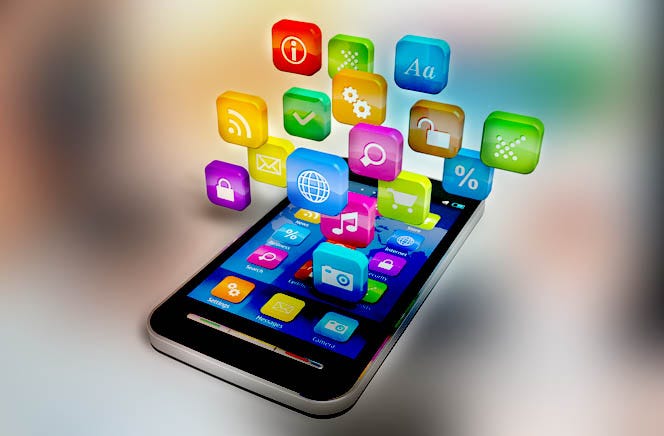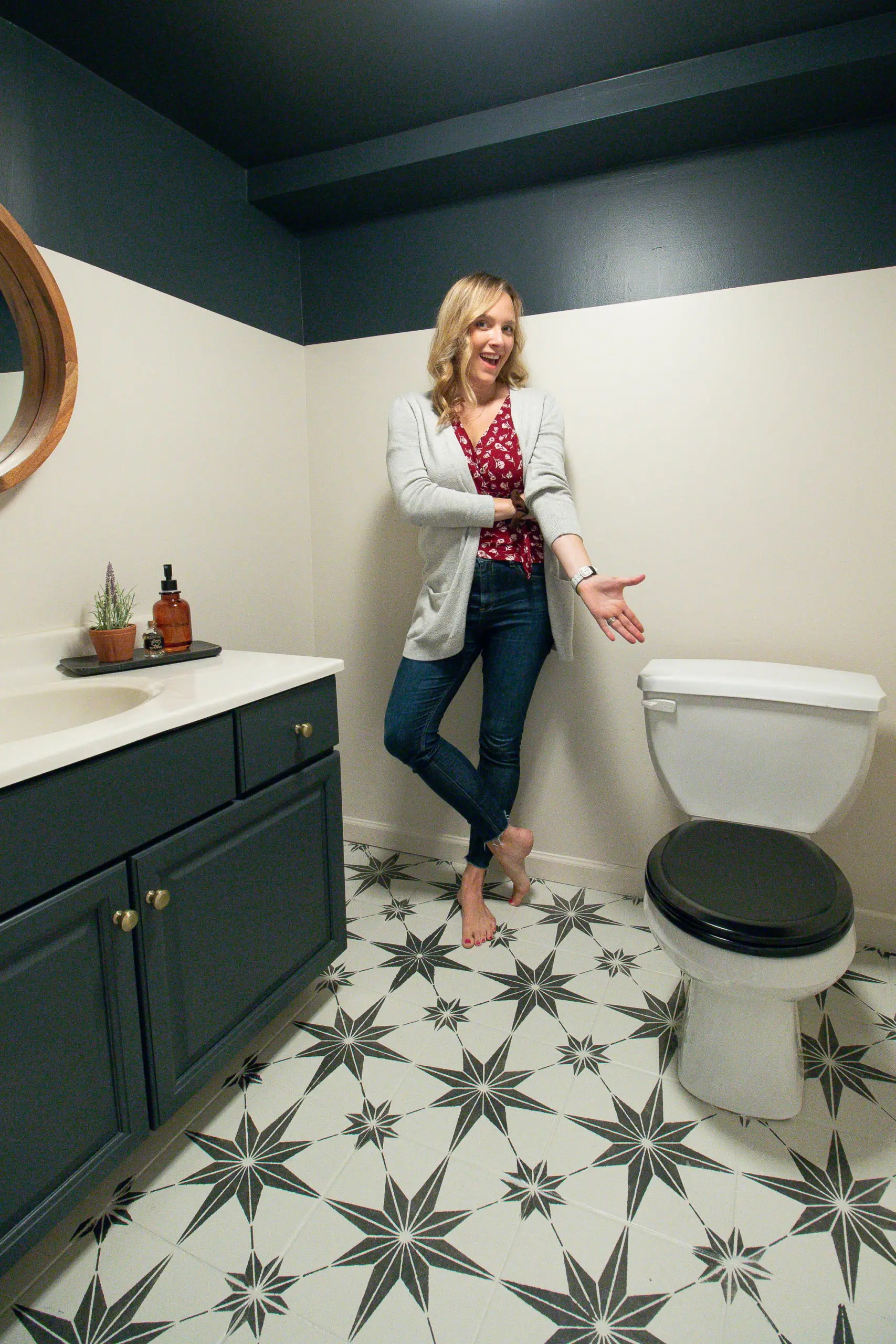Application Design is not just drawing pretty pictures, it is a complex and responsible process that requires taking into account many factors.
Among them, the following requirements can be highlighted:
- Compliance with the platform: you need to take into account the features of the operating system on which the app runs and follow its standards. For example, apps on iOS and Android devices have different principles of navigation, arrangement of elements, icons, etc. Inconsistency with the platform can lead to confusion and irritation of users, and to refusal to use the program.
- Adaptability and responsiveness: it is necessary to adapt to different sizes and orientations of screens. Different operating conditions (Internet speed, battery level, flight mode, etc.). The application should load not only quickly, respond to user actions, not freeze, but also not crash. Adaptability and responsiveness increase the usability and reliability of the application. Mobile App Development Company Dubai can reduce the risk of losing users.
- Target audience: it is important to consider the needs, preferences and expectations of the target audience for which the program is being created. For example, a program for children should be bright, simple and fun, and a business application should be serious, functional and safe. The target audience determines the style, colors, fonts, icons, buttons, tone and voice of the application, its functions and capabilities.
- Goal and tasks: however, the design should help the user achieve their goal in the app and solve their problems with the help of the program. For example, the goal of a taxi ordering application is fast and convenient movement around the city, and the tasks are choosing a route, paying for the trip, reviewing the driver, etc. The goal and tasks determine the structure, navigation, functionality and content of the app, as well as its interaction with the user.

How to create an application design?
Application design is an ongoing process that includes several stages:
- Research. At this stage, the designer studies the market, competitors, target audience, user needs and problems, the purpose and tasks of the application. To do this, he uses different methods: data analysis, surveys, interviews, observations, testing, etc. Research helps the designer understand what the user wants and expects from the program, and how he can be helped.
- Prototyping. A prototype is a simplified version of a product that demonstrates its structure, navigation, functionality, and user interaction. Mobile App Development Company Dubai Prototyping helps a designer test and improve ideas, as well as get feedback from users and customers.
- Interface design. This is what the user sees on the screen in the app, the appearance of controls, icons, colors, fonts, etc. In fact, the design of interface elements should be attractive, uniform, understandable, and consistent with the platform, audience, and brand.
- Testing and optimization on real users to make sure it works correctly and is conveniently arranged. For this, you can use different methods: usability testing, A/B testing, analytics, etc. Testing and optimization help identify and fix errors, problems, and shortcomings in the application design, improve its quality and efficiency.
How to become an application designer?
A mobile App Development Company Dubai designer is a specialist who creates the visual appearance and functionality of applications for mobile devices. This specialist must have not only artistic taste and creative thinking, but also knowledge of the basics of programming, psychology, marketing and business.
To become a phone app designer, you need to take the following steps:
- Get an education. There are several ways to get an education in the field of app design. For example, you can enroll in a university majoring in Design, Computer Science or Media Design. You can also take courses or online training offered by various educational platforms and organizations, for example, our course “Development, Design and Decoration of Mobile Applications” with the assignment of the qualification “Mobile Application Designer”. In addition, you can independently study the theory and practice using available sources: books, articles, videos, podcasts, etc.
- Create a portfolio. A portfolio is a set of works that demonstrate the level of skills and experience of a designer. It helps a specialist demonstrate their style and potential to employers and clients. To create a portfolio, you can use your personal projects, study assignments, freelance orders or volunteer work. It is important that the portfolio is relevant, high-quality and diverse, reflecting your goals and specialization.
- Find a job or clients. Besides, an application developer can work both on a permanent basis in a company and as a freelancer. To find a job or clients, you can use different channels: job sites, social networks, forums, blogs, recommendations, etc. You can participate in competitions, hackathons, exhibitions and other events to expand your network of contacts and build a reputation.



